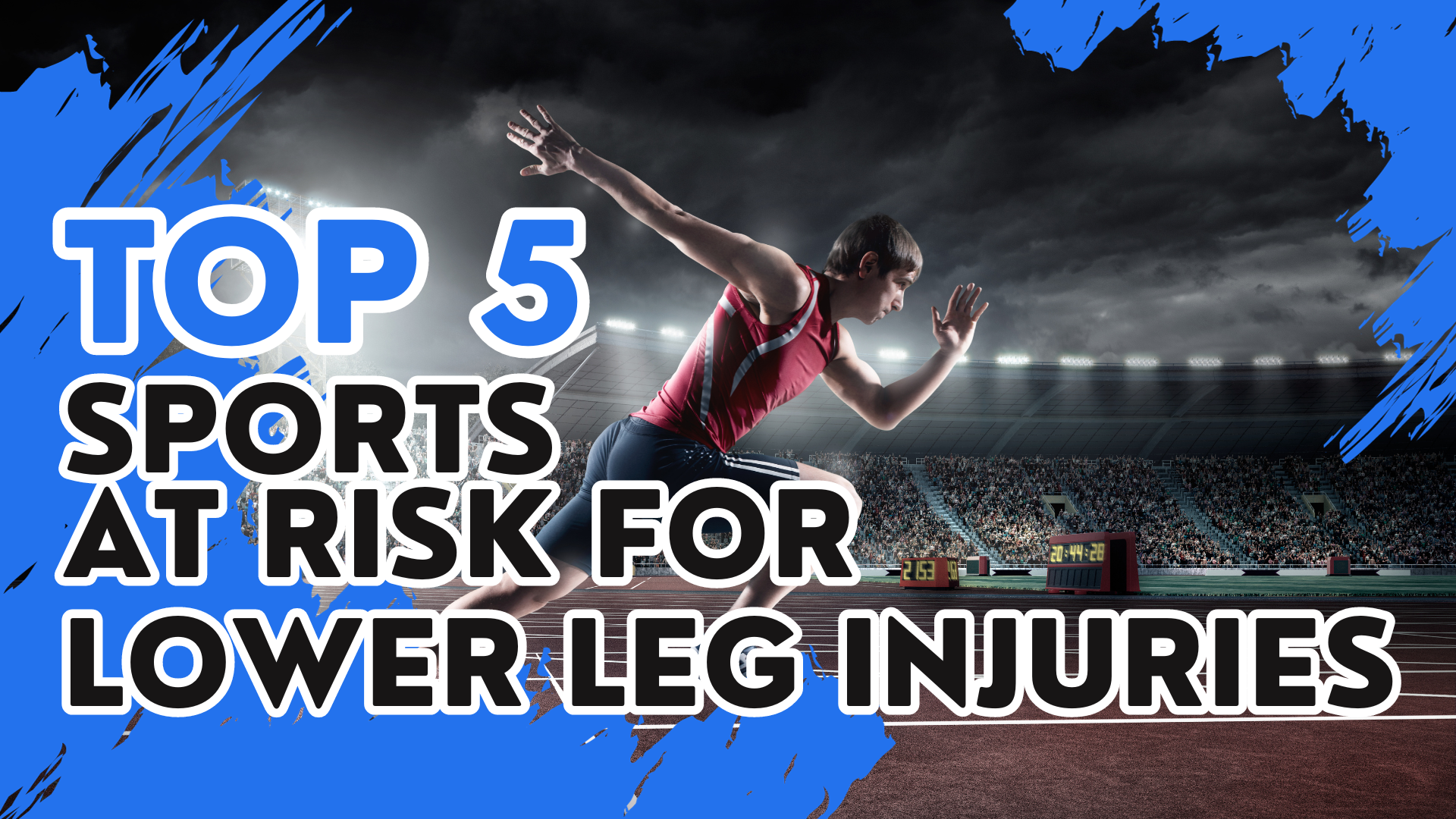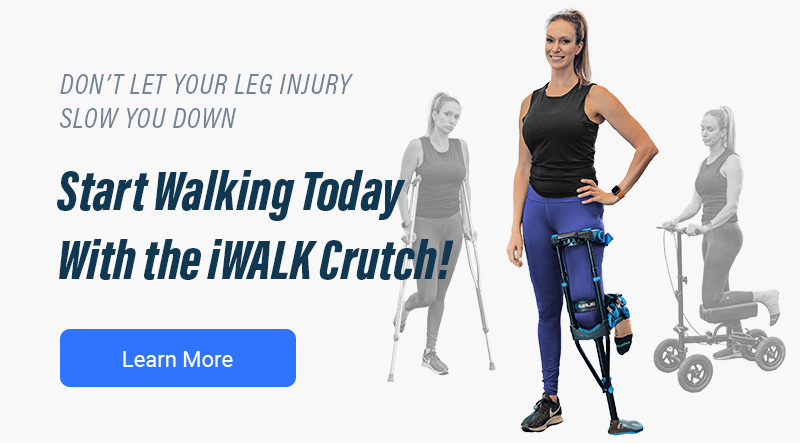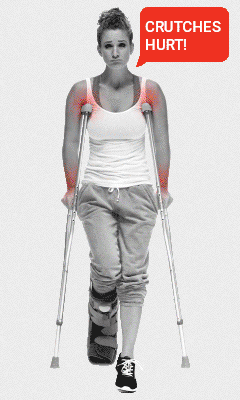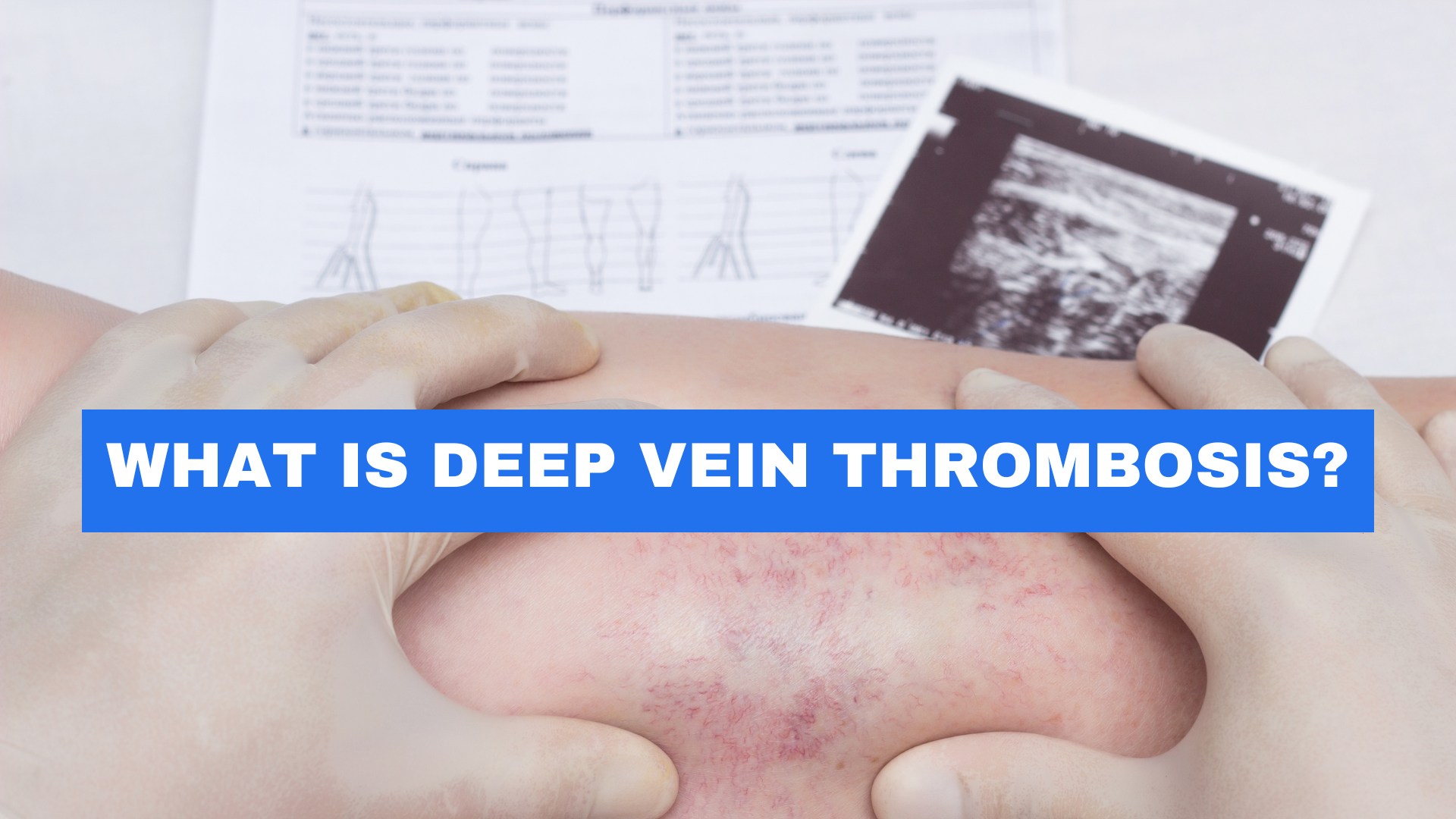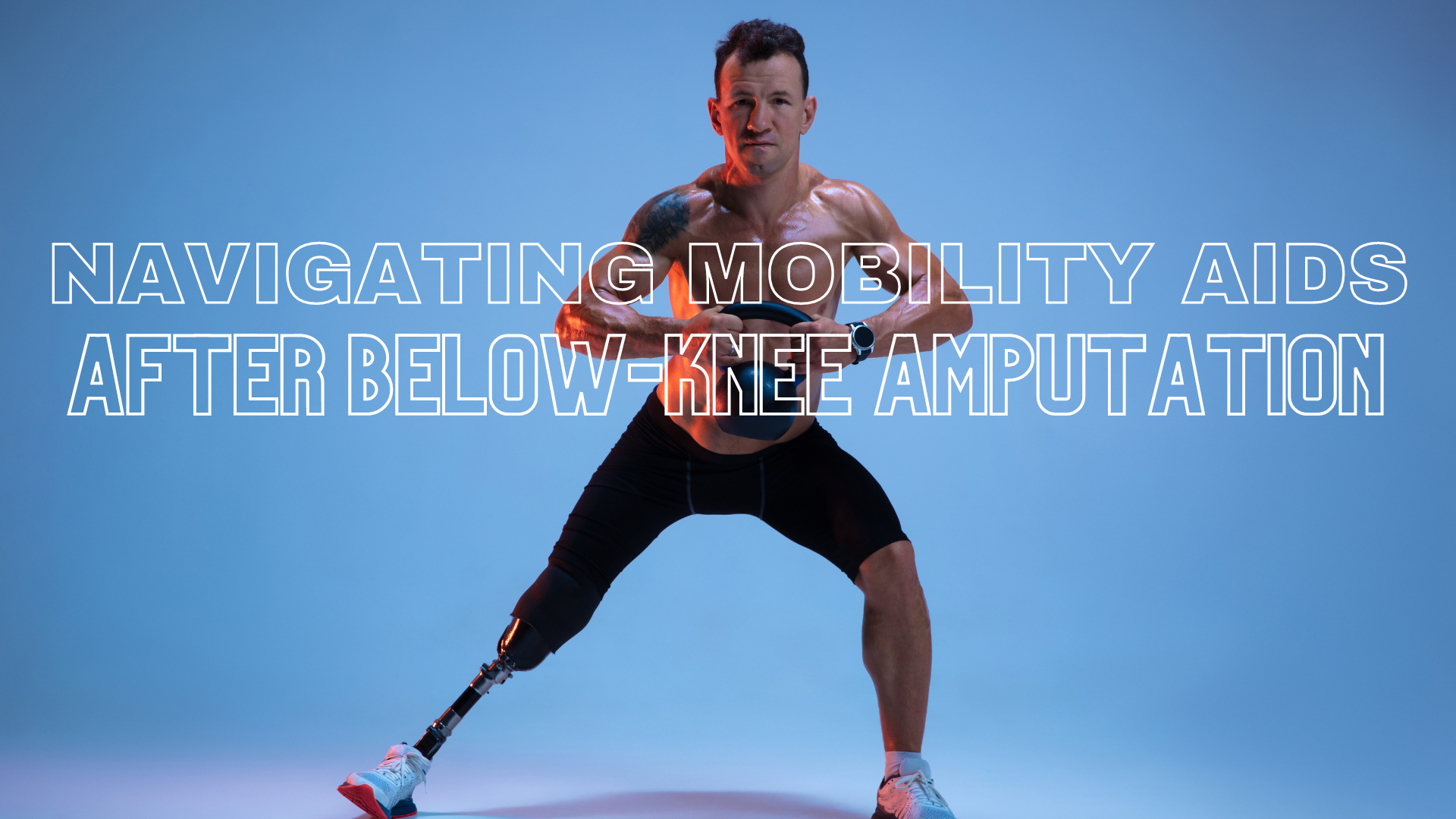Sports injuries are common among athletes, and lower-leg injuries are one of the most common types. These injuries can be caused by a variety of factors, including overuse, improper technique, and accidents. While lower-leg injuries can happen in any sport, there are some sports that put athletes at a higher risk. In this article, we will discuss the top 5 sports that are most likely to result in lower-leg injuries. and how you can recover faster.
Soccer
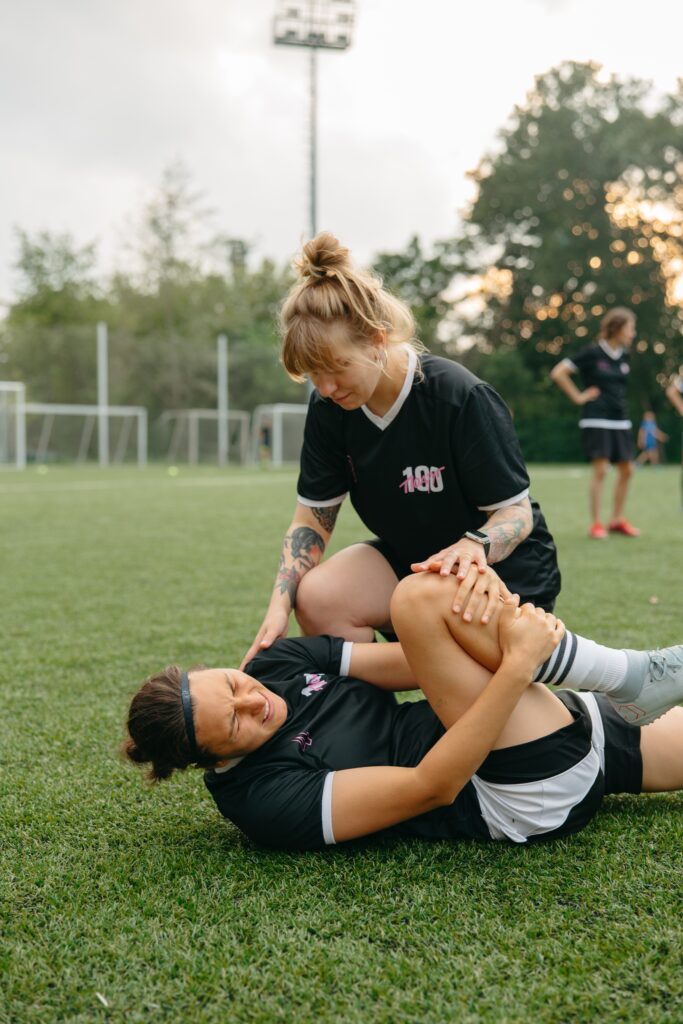
Soccer is one of the most popular sports in the world and is played by millions of people. However, it’s also one of the most injury-prone sports, with lower-leg injuries being among the most common. Ankle sprains, Achilles tendon injuries, and stress fractures are all common injuries that soccer players experience. Olympic Gold Medalist Deanne Rose ruptured her Achilles tendon while playing for Reading FC in 2022. The injury left her unsure of what the coming months on the sidelines would entail, as she was unable to put any weight on her foot. Another notable athlete who had lower-leg injuries related to soccer, Olympic Medalist Diana Matheson. Her dream of competing in the 2019 FIFA Women’s World Cup was shattered when she learned she needed surgery for foot injuries.
Basketball
Basketball is another high-impact sport that puts athletes at risk for lower-leg injuries. The sudden stops and starts, jumping, and landing can all lead to ankle sprains, shin splints, and knee injuries. In 2013, during a game against the Golden State Warriors Kobe Bryant landed awkwardly while driving to the basket, and he ruptured his Achilles tendon in his left leg. Achilles tendon injuries are significant and can be career-threatening, but Kobe Bryant worked hard to recover from this injury undergoing surgery and extensive rehabilitation. During Game 5 of the 2019 NBA Finals, Kevin Durant suffered a ruptured Achilles tendon in his right leg while playing for the Golden State Warriors against the Toronto Raptors. The injury occurred in the second quarter of the game when Durant attempted to make a quick move on the court. He immediately fell to the ground, and it was clear that something serious had happened. Durant underwent surgery in June 2019 and missed the entire 2019-2020 season while recovering from the injury.
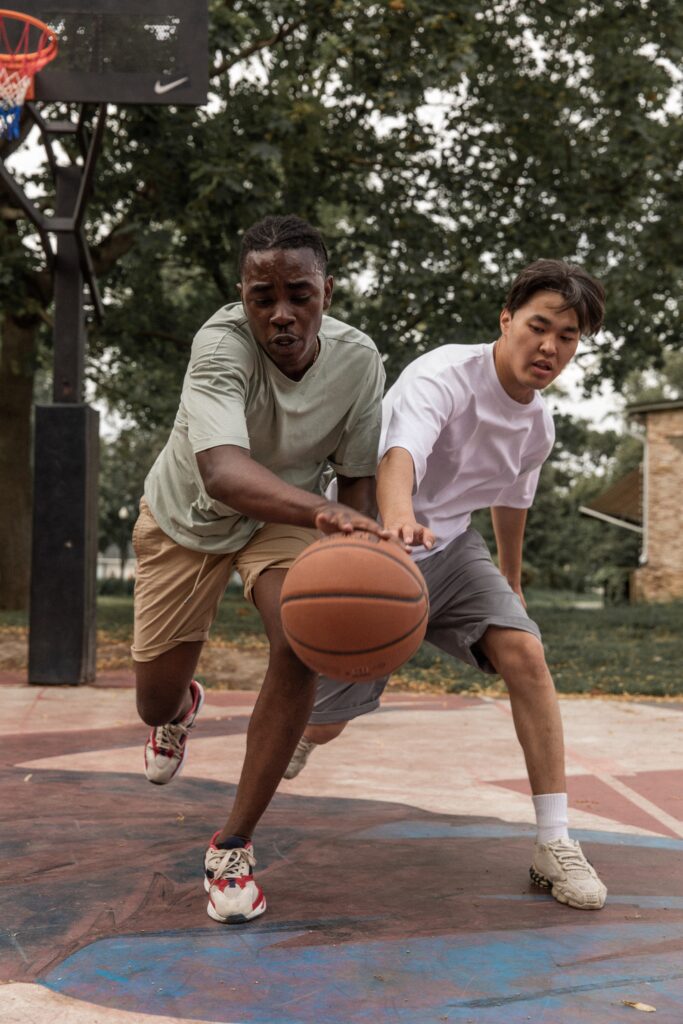
Running

Running is a great way to stay in shape, but it can also be hard on the lower legs. Runners are at risk for injuries such as shin splints, stress fractures, and Achilles tendonitis. World-class hurdler Ronald Forbes, on the cusp of competing in the Rio Olympics, faced an 85% Soleus muscle tear with only 14 weeks left. His doctors told him he would be on crutches for 12 weeks, which meant that his Olympic dream was impossible. He took matters into his own hand and used an innovative new hands-free crutch and amazingly was able to recover in time to compete in the Rio Olympics.
Gymnastics
Gymnastics is a sport that requires a lot of flexibility, strength, and agility. It has also seen its fair share of lower leg injuries among athletes, primarily stemming from the high-impact nature of the sport. Gymnasts frequently endure injuries like stress fractures, Achilles tendon problems, and shin splints due to repetitive and forceful movements, particularly during landings and vaults. These injuries can be debilitating, often requiring extensive rehabilitation to enable athletes to return to competition at their highest level. Olympic Gold Medalist, Rosie MacLennan, a dominant figure in trampoline, faced a daunting challenge when she broke her ankle during the World Cup in Belarus. She stated, “Life on crutches was really restrictive – there are a lot of things you can’t do. I couldn’t carry anything, even grocery shopping was quite challenging.”
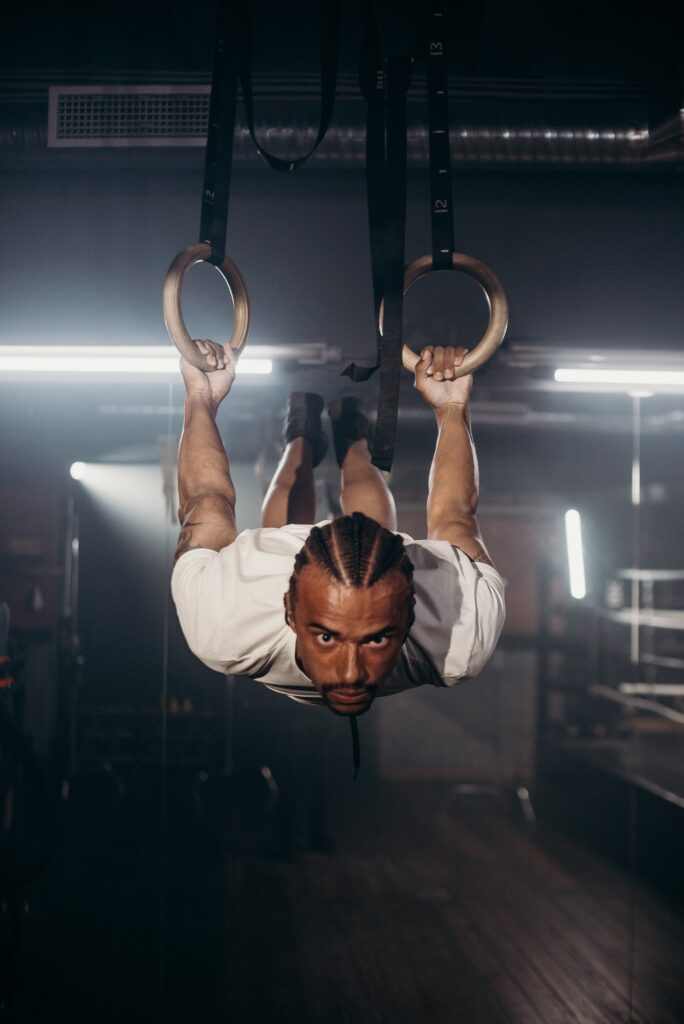
Volleyball
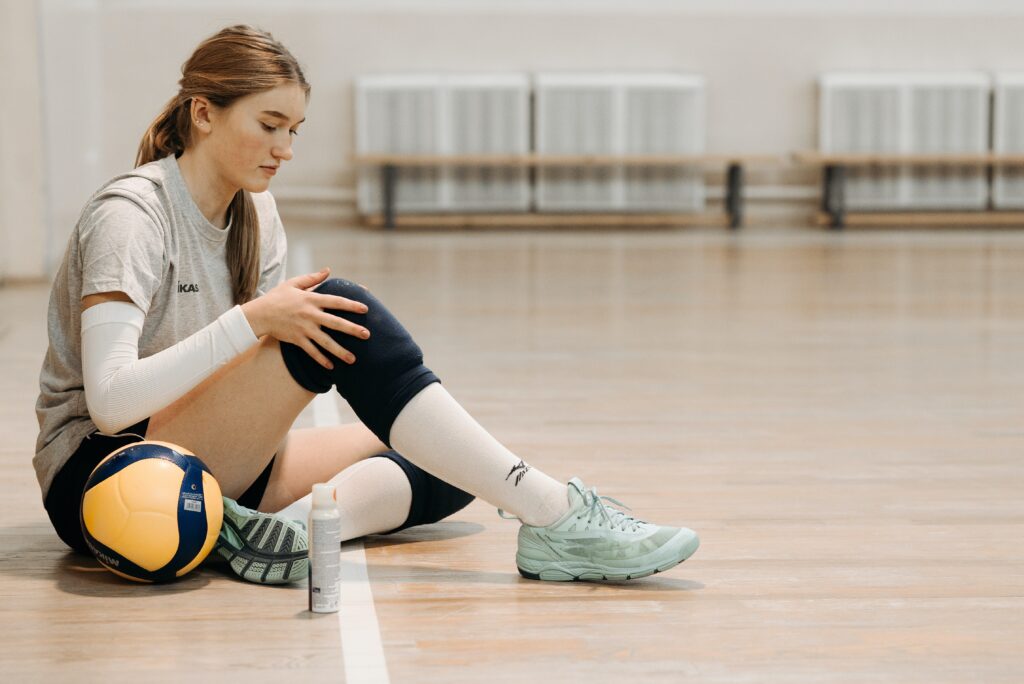
Volleyball is a popular indoor and outdoor sport that can also result in lower-leg injuries. Jumping and landing on hard surfaces can lead to ankle sprains, shin splints, and even knee injuries. During the 2021 Volleyball Nations League, American volleyball player Jordan Thompson suffered a stress fracture in her foot. The injury occurred during a match against Germany, and Thompson was forced to withdraw from the tournament.
The iWALK crutch allows people to maintain their balance and mobility while recovering from a lower leg injury. While the iWALK is suitable for most people, athletes in particular appreciate the ability to remain active. It’s lightweight, comfortable, and easy to maneuver, allowing athletes to move around with ease. The iWALK crutch is also adjustable, ensuring a comfortable fit.
While recovering from lower-leg injuries can be frustrating, the iWALK hands-free crutch is a game-changer, providing athletes with a better alternative to traditional crutches and knee scooters. If you’re an athlete recovering from a lower-leg injury, consider using the iWALK today!

